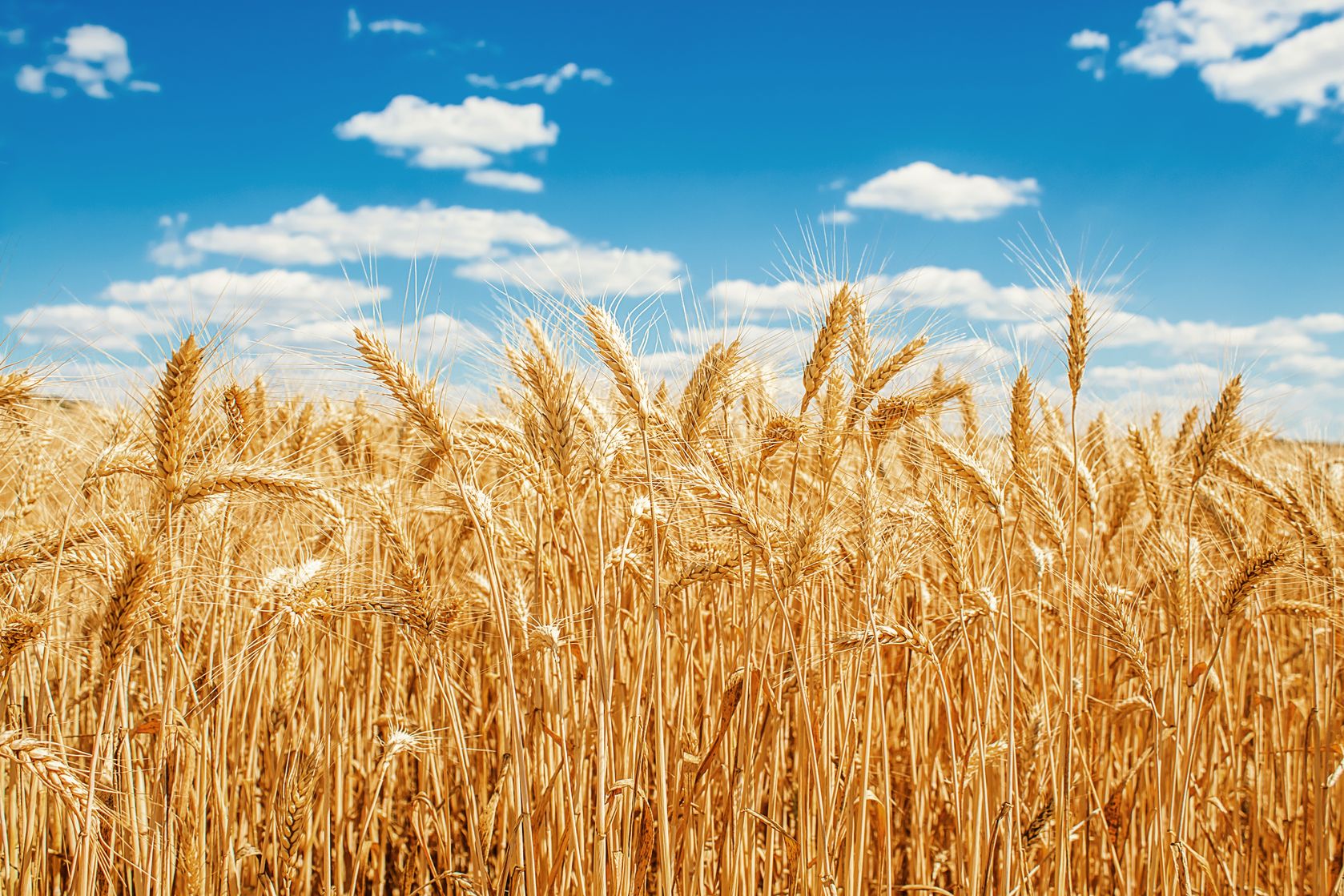Share This
For a ubiquitous staple crop that provides nearly 20% of the world’s available calories, wheat is surrounded by a surprising number of misconceptions. To dig deeper into wheat’s fascinating evolution, and to help set the record straight on modern vs ancient wheat, we presented at FNCE, the national conference for registered dietitians, in a session called Sowing the Seeds: An Analysis of Modern Wheat. Here are some surprising facts that we spotlighted during our session:
FACT #1: There is no GMO wheat commercially available in the US. When we polled the audience at the beginning of our presentation, more than half of the dietitians thought this statement was false, indicating just how widespread the GMO wheat myth is. The reality is that wheat is a major export crop for US farmers, and because the other countries we export to are not interested in GMO wheat, farmers are hesitant to grow it for fear of putting a damper on exports. Additionally, there is not a strong consumer demand for GMO wheat in the US either, so putting a GMO wheat on the market just hasn’t been a priority.
FACT #2: Wheat sensitivities seem to be caused by modern processing techniques, rather than changes in wheat breeding. Modern varieties of wheat don’t have higher levels of gluten or fructans than their ancient and heirloom counterparts, indicating that the introduction of modern wheat doesn’t fully explain the rise in wheat sensitivities. On the other hand, modern processing methods, such as the transition from slow fermentation to fast acting yeast, or the addition of vital wheat gluten to many highly processed foods, is thought to at least partially explain the rise in wheat sensitivities.
FACT #3: Ancient wheat varieties are not always “easier to tolerate” than modern wheat varieties. People’s response to different compounds in wheat varies from person to person. For some, gluten seems to be a trigger. But for others, it may be fructans or other compounds. Additionally, even patients with wheat allergies respond differently from one wheat genotype to the next, making it difficult to breed a hypoallergenic wheat that is effective across the board. Instead, it is best for patients to work with their medical team to determine which compounds are causing their symptoms before they make a dietary change, as one size does not fit all.
FACT #4: Modern wheat is one of the largest sources of whole grains in the American diet. Although most wheat in the US is milled into refined white flour, modern wheat still makes a substantial impact on whole grain intake. Modern wheat, in the form of yeast breads and rolls, provides 39% of the whole grain intake for US adults. While ancient and heirloom varieties may offer additional benefits, the bulk of the research done on the health benefits of whole grains has been from commonly consumed sources, such as commercial bread and breakfast cereal.
FACT #5: Freshly milled flour is easy to make at home. Whether you choose a commercial whole grain flour or a locally milled whole grain flour, baking experts attest to the unparalleled flavor of freshly milled flour, rather than one that has been hidden away at the back of the pantry for a year. While some coastal supermarkets are experimenting with “mill-your-own” flour stations (similar to the “grind-your-own” peanut butter stations in some bulk aisles), it is actually quite easy to mill your own whole grain flour at home. Mockmill makes stand-alone grain mills as well as an attachment for a Kitchenaid Stand Mixer. There is also a grain milling attachment available from Kitchenaid, as well as a dry grains container for the Vitamix.
2019 FNCE attendees who missed this particular session will be able to review the recordings online. For other interesting facts about whole grains, be sure to check out our Myths Busted webpage. (Kelly)


Comments
Add a Comment